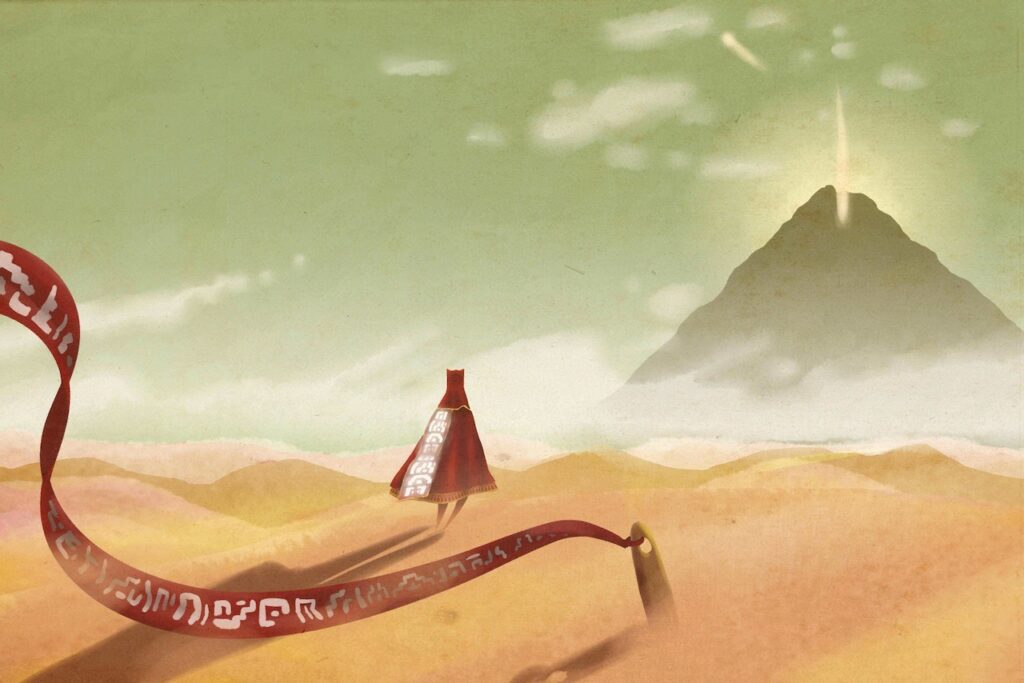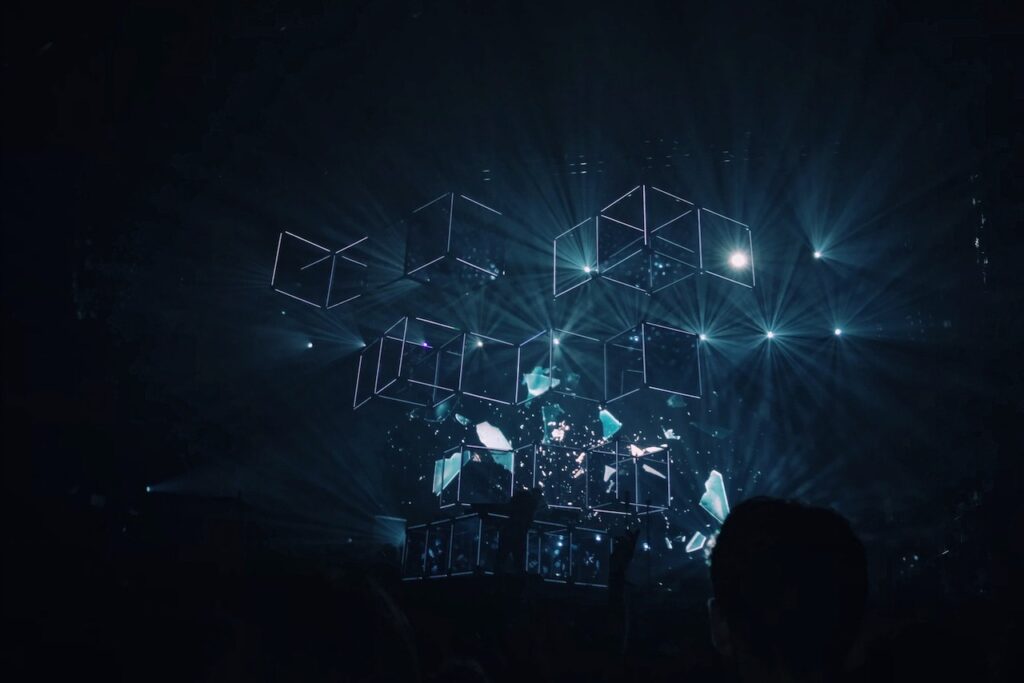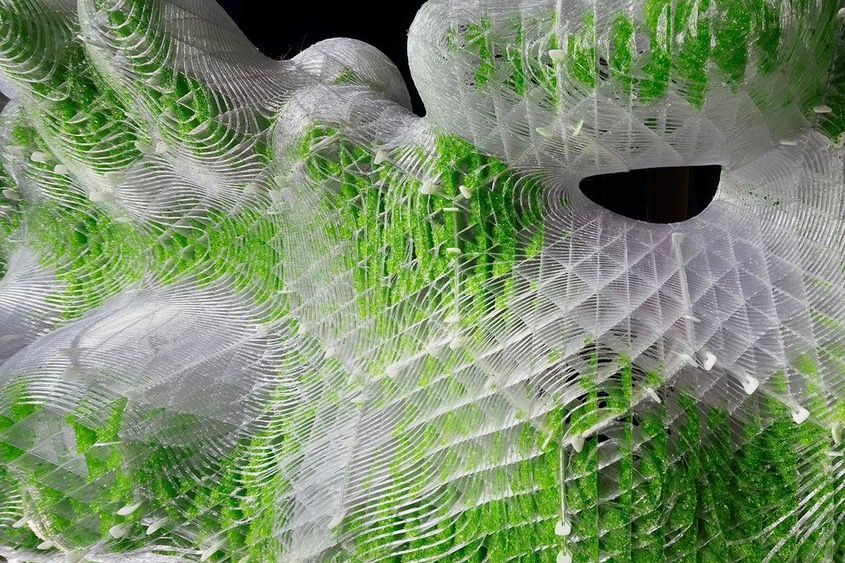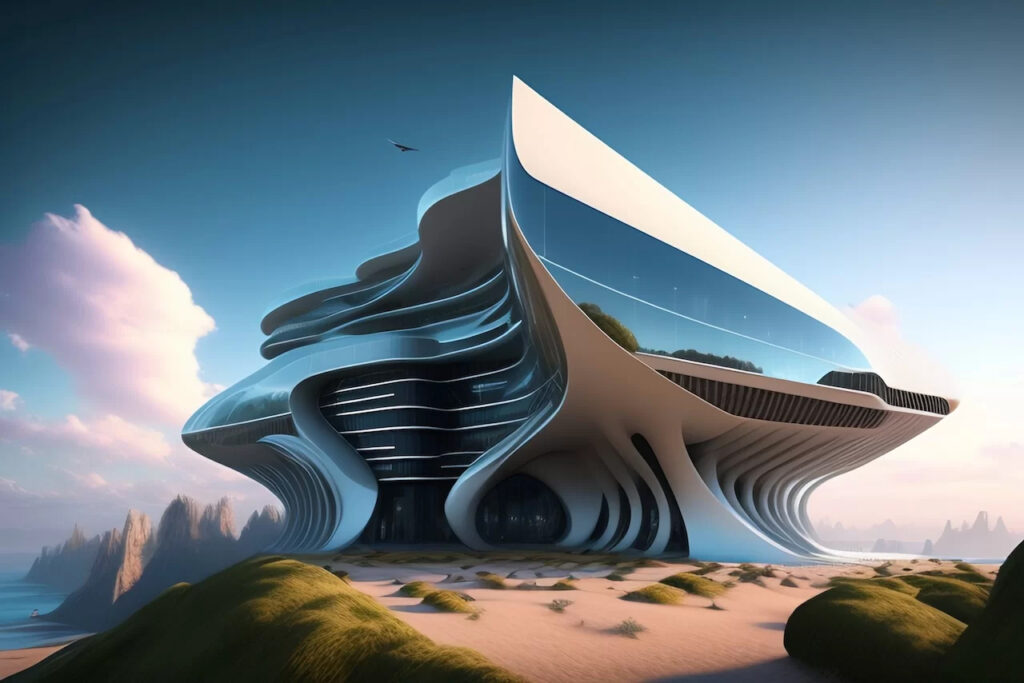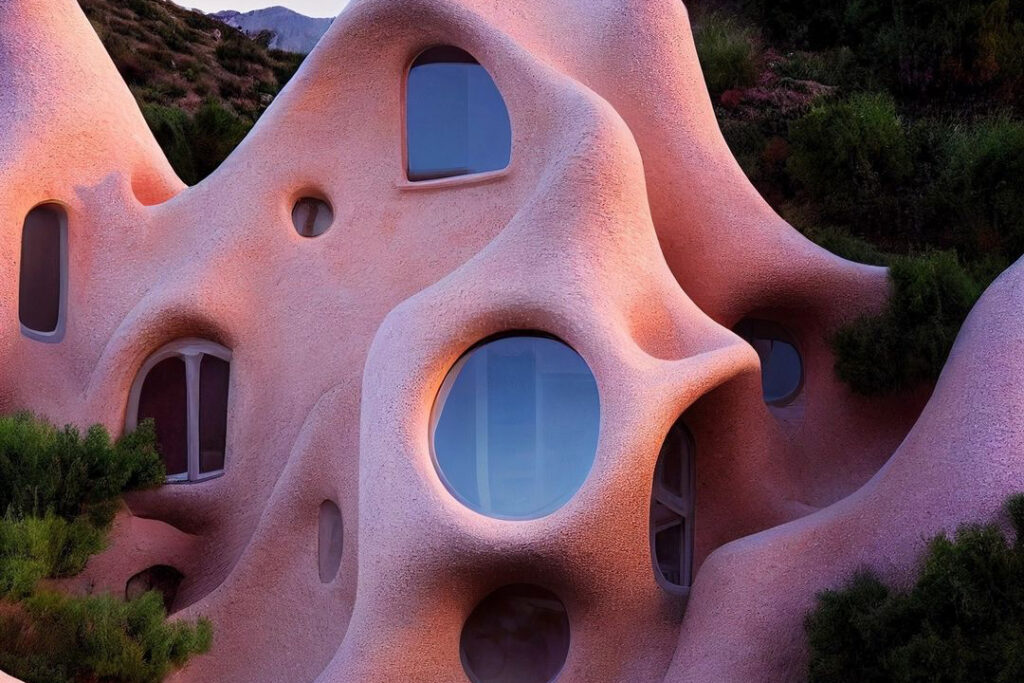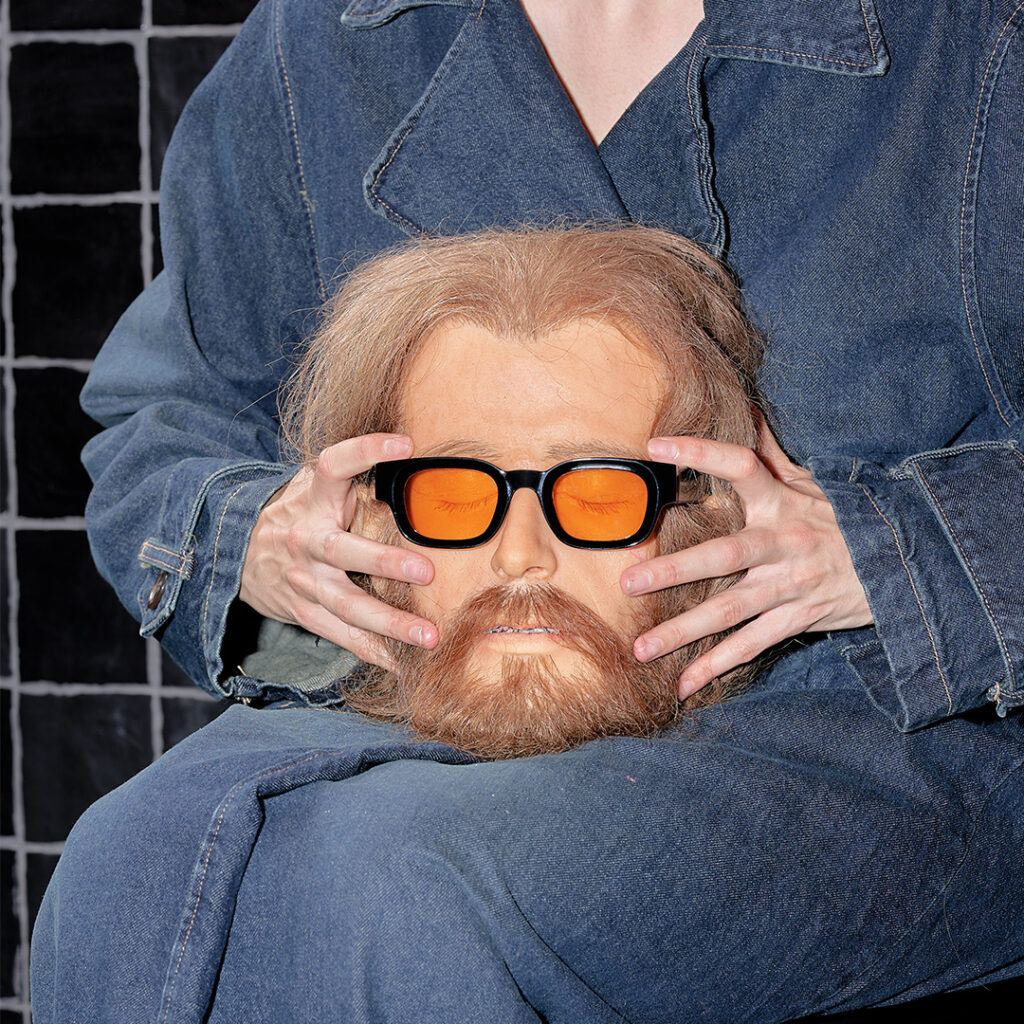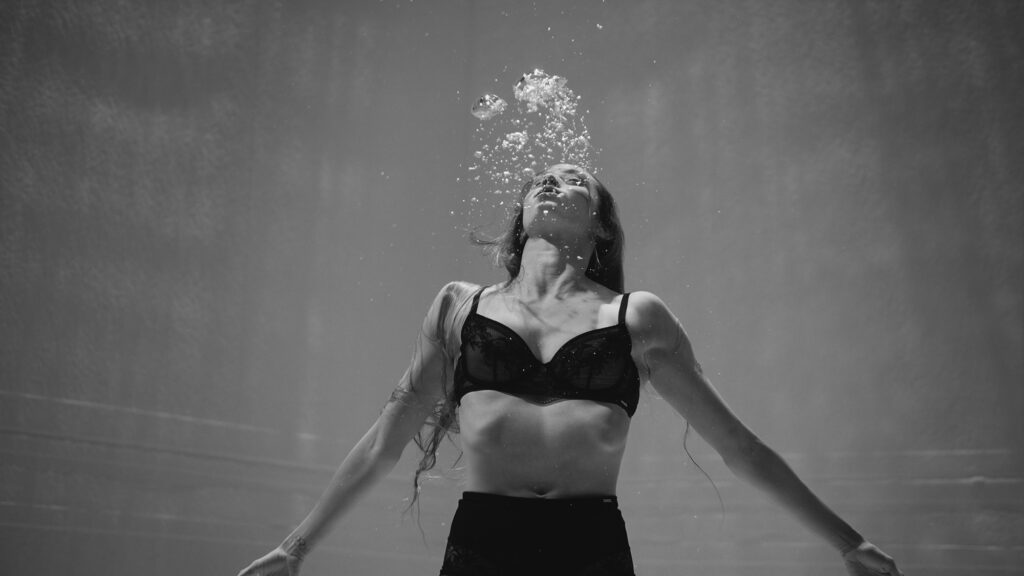The digital art scene witnessed a revolution with the introduction of NFTs. Now accessible for more people, the art sector experienced a boom in value with this new phenomenon. NFTs are the 21st century’s most recent sensation, with a $41bn market value in 2021, according to the blockchain data company Chainanalysis. However, not everyone agrees on classifying NFTs as art. We can’t help but wonder: which side are we on?
Modern-day digitalization and marketization sprees cleared the path for NFTs. We couldn’t have imagined that a digital presence could have material value ten years ago. However, with an increasing amount examples every day, we can now confirm that NFTs are taking up an important place in our collective consciousness.

Source: Bein
Economically, NFTs are one of the main assets in the art industry in the present day. This recent sensation is almost catching up to the total size of the global fine arts market. One would imagine that the art scene would be quite happy about this development, taking into account the resulting rise in popularity and widespread interest in art.
Artistically, the art world also includes NFT in the broad art umbrella by involving NFTs in museum exhibitions or even founding a museum dedicated to NFTs. All of this shows that the art world is ready to accept NFTs as a unique, creative artistic expression.
The debate on NFT’s status began as this form was born, but the discussion escalated with Wikipedia editors’ decision not to categorize NFTs as art. This decision caused massive criticism from the NFT community because of the enormous audience Wikipedia has. Five out of six editors voted against including an NFT piece in the list of most expensive art sales by living artists.

Source: Jing Culture & Commerce
Some may say NFTs constituted tokens may not represent artworks themselves, and this argument seems like the base for this approach. However, excluding NFTs triggered a more extensive cultural debate around the relationship between digital art concepts and traditional modes of artistic expression.
NFTs are definitely not traditional art, but they can be considered as examples of the future art industry. They are not what people are used to because their existence is entirely digital. This fact creates some criticism or disapproval from those of traditional perception, and controversial decisions only demonstrate this schism.
However, this is only one side of the coin. Art is evolving like every other phenomenon, and new modes of art represent the era they live in. NFTs are no exception; they captured the zeitgeist of the present-day pre-digital era. The next step in our cultural evolution lies in digitalization. NFTs represent this mentality change, from material showpieces to digital masterpieces.
